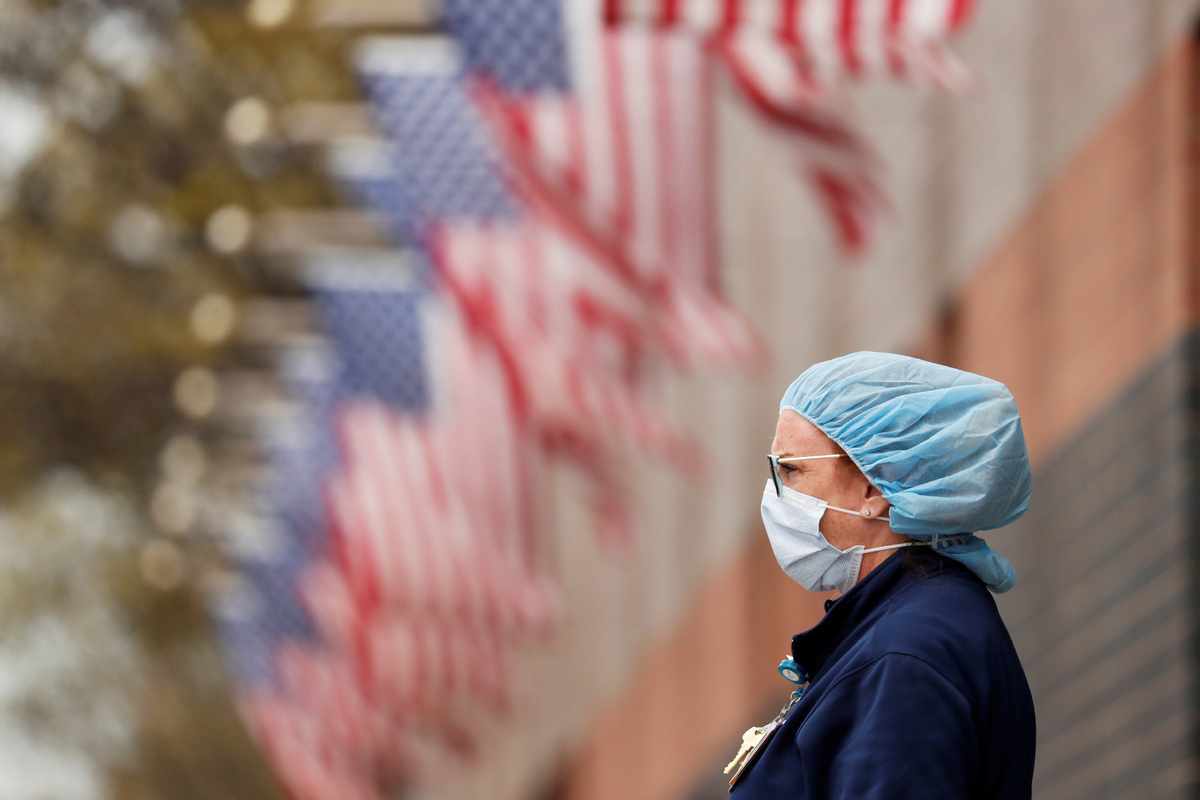Flu-like illness surveillance reveals spike in undetected US COVID-19 cases in March


WASHINGTON — A surge in flu-like infections in the United States in March this year suggests that the likely number of COVID-19 cases was far larger than official estimates, according to a new study of existing surveillance networks for influenza-like infections (ILIs) published on Monday.
The findings support a scenario where more than 8.7 million new SARS-CoV-2 infections appeared in the United States during March and estimate that more than 80 percent of these cases remained unidentified as the outbreak rapidly spread, according to the study published in Science Translational Medicine.
The results suggest that surveillance networks for influenza-like disease offer an important tool to estimate the prevalence of COVID-19, which has been hard to pin down.
Many scientists suspect that the true rate of SARS-CoV-2 infections is higher than the number of confirmed cases due to the low availability of testing, and because some infected individuals show no symptoms or only mild flu-like symptoms.
Researchers led by Justin Silverman at Penn State University used an outpatient surveillance system for diseases with symptoms that resemble influenza, and determined the prevalence of non-influenza ILIs in the country annually using surveillance data starting from 2010.
In March, they observed a huge spike in ILIs exceeding normal seasonal numbers in various states. They also found that the dynamics of non-influenza ILIs closely matched patterns of confirmed COVID-19 cases.
They found that at least 8.7 million SARS-CoV-2 infections occurred between March 8 and March 28 in the United States, with new deaths doubling approximately every three days.
The team concludes that the initial spread of COVID-19 included a large undiagnosed outpatient population who potentially showed milder symptoms compared with those who were hospitalized.
- Economic measures sought as marriage rates keep falling
- 20th CPC Central Committee to hold fourth plenary session in October
- Afforestation turns barren ravine into green oasis
- Nation tackles electricity demand amid heatwave
- Support, services for veterans progressing smoothly
- Gut microbiota help blue sheep adapt to local diets




































